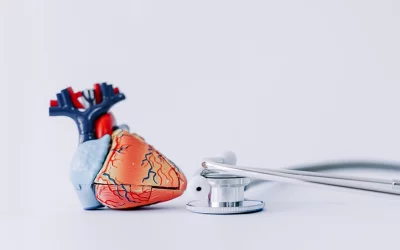Muscles Weakness in Children
Muscles weakness in children is one of the most common problems in our society, causing muscle pain, fatigue and tiredness, feeling of heaviness in the legs, and difficulty in climbing stairs and it is a result of vitamin D deficiency in the body, note that it is not only limited to children, but it is also common in the elderly.
Vitamin D deficiency may cause walking difficulty
Some studies that are done on children, adults, and the elderly have proven that long exposure to vitamin D deficiency was the reason behind muscles weakness in children that results in muscles contraction and relaxation difficulty, exacerbation of the problem, the occurrence of disorders and disability in movement, in addition to an increase in the incidence of fractures.
Vitamin D deficiency significantly affects the lower extremities that are responsible for balance, resulting in standing and walking difficulty.
It is one of the main causes of rickets in children, and bones weakening in adults.
How to increase your child’s muscle strength and flexibility?
One of the most important things that should be considered when you want to strengthen your child’s muscles is to provide him with vitamins that have an effective role in bone and joint strength, like vitamin D!
Here are some tips to increase your child’s muscle strength:
-
Provide him/her with an adequate daily intake of vitamin D and Calcium.
-
Provide him/her with foods that are rich in protein as they help in building muscles and maintaining muscle mass.
-
Prevent saturated fat in your child’s meals, and replace them with unsaturated fats as they help in increasing muscle mass.
-
Encourage your child to eat fruits and vegetables, as they contain a high percentage of vitamins and fibers.
Exercises that strengthen children’s muscles
Regular workouts have a direct and positive impact on your child’s muscles and reduce falls, so make sure to encourage them to exercise in order to help in maintaining a healthy weight and increasing muscle mass, examples of which are:
-
Exercising with resistance bands.
-
Exercising with weights that are appropriate for your child’s age and weight.
-
Climbing stairs and walking on elevated peaks to increase resistance.
-
Practicing yoga increases flexibility and muscle strength.
-
Cycling.
-
Dancing.
Sports is one of the most important basic rules for raising a healthy child with a strong structure, and it does not have to be complicated, as you can participate with your children to turn it into a fun and entertaining activity that increases the strength and flexibility of your muscles and has a great benefit to your health, as it increases muscle mass, strengthens bones and joints, and it also improves back posture and reduces muscle pain and the risk of falling or injuries incidence.
Read More Articles:
Vitamin D & Cholesterol
To clearly understand the relationship between vitamin D and Cholesterol, we need to justify what cholesterol is and what are its types.Cholesterol is formed in our bodies from the liver and we can also get it from food resources. Your body needs a cholesterol...
High Risk People for Vitamin D Deficiency
high risk people for vitamin D deficiency Low level of vitamin D in the body leads to weak bones and muscles, and also negatively affects the body's immune response, and this deficiency affects some people more than others due to the presence of some factors. In this...
Vitamin D and Autism
Vitamin D and Autism What is Autism? Autism spectrum disorder (ASD) is a neurological abnormality that affects how a person perceives and interacts with others, which can lead to issues with social interaction and communication. In ASD, the word "spectrum" refers to...




